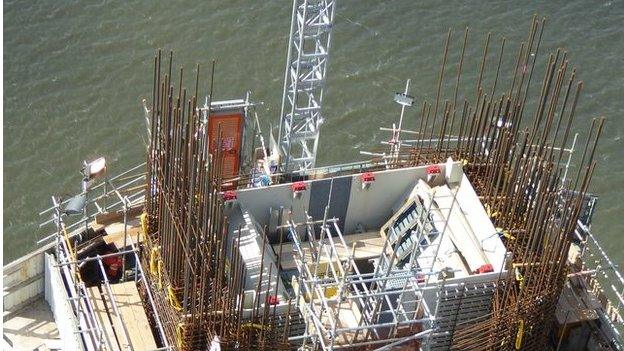Queensferry Crossing tower raises toilet to new heights
- Published
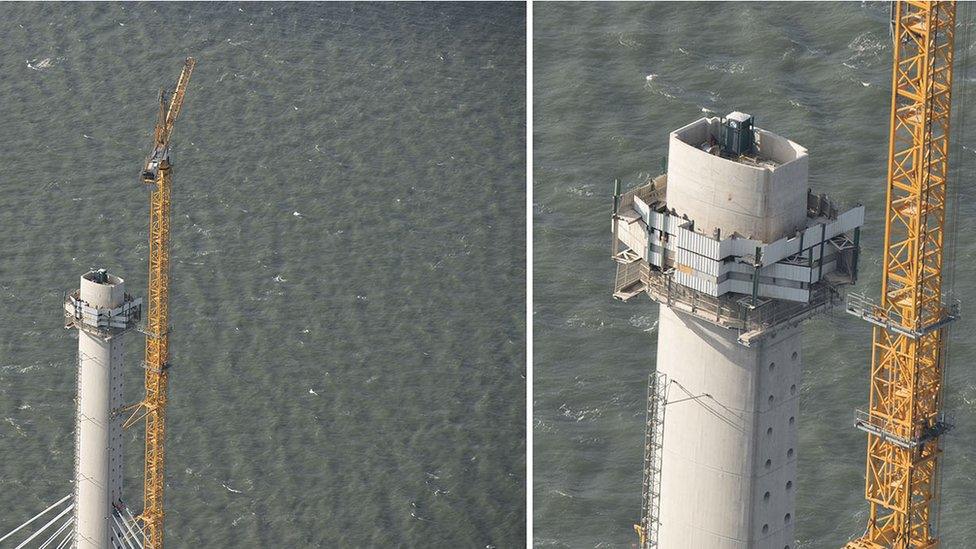
What do you do when you are building the highest bridge in the UK but the tower you are working on gets so tall it would take you ages to get to the toilets at the bottom?
Construction bosses at the new Queensferry Crossing have come up with a plan by using nearby cranes to install temporary toilets at the top of each of its 206m (676ft) towers.
The move has prompted onlookers to ask if they are now the highest toilets in the country.
There are about 150 people working on each tower and, of those, a maximum of 12 people work at the very top of the tower at any given time.
Each tower has a barge at the base with a number of male and female toilets and washrooms and canteens.
The additional temporary toilets on the tower were installed when the towers got to about 120m (394ft) above sea level.
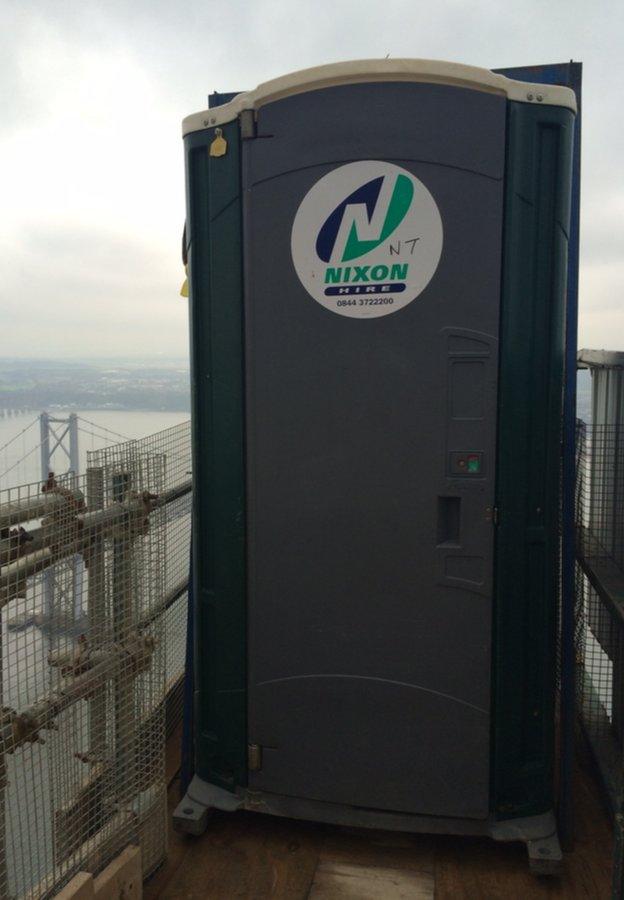
Robert Adam, aerial photographer with Historic Environment Scotland (HES) - the new public body formed by bringing together Historic Scotland and the Royal Commission on the Ancient and Historical Monuments of Scotland - was flying over the Firth of Forth recently when he spotted the toilets hundreds of feet above the water.
He said: "The aerial survey team at HES record all aspects of the historic landscape, from architecture to archaeology.
"We've been recording the new Forth crossing since they began building it, and this isn't the first toilet we've photographed - but it's probably the highest."
A Transport Scotland spokesman said the Queensferry Crossing was one of the biggest construction projects Scotland had ever seen, directly employing over 1,200 people.
He said: "When open to traffic at the end of this year, it will be tallest bridge in the UK and the longest bridge of its type in the world.
"The project is on time and under budget thanks in large part to the efforts of a workforce facing often extreme weather conditions at great heights over the Firth of Forth.
"Taking all this into account, providing a toilet only seems fair.
"In all seriousness, health and safety is the absolute priority on the project and a fundamental part of that is providing appropriate welfare facilities for workers whatever their location."
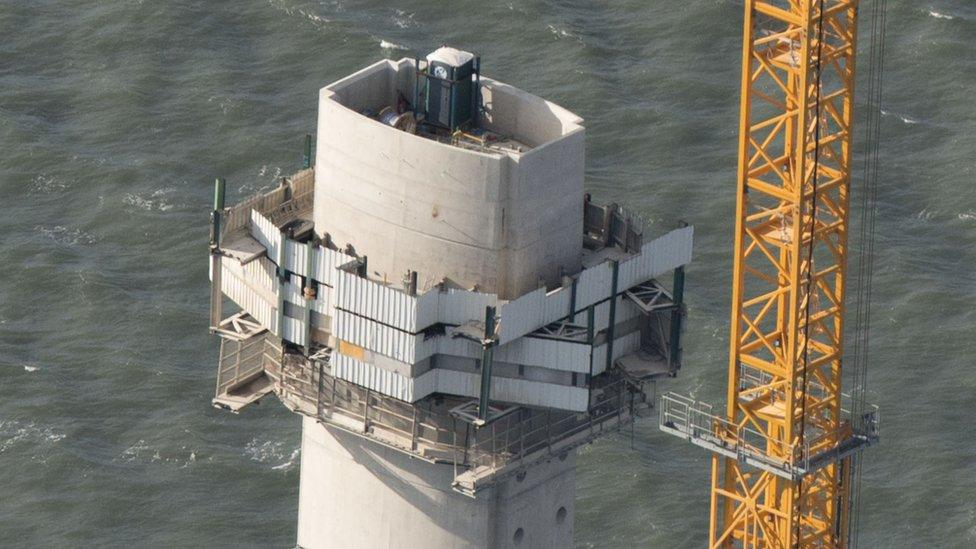
- Published27 January 2015
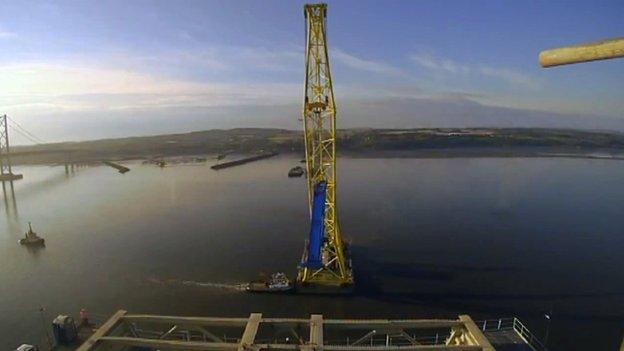
- Published17 December 2015

- Published13 August 2015
